Smartphone Adapters that I’ve Experienced With and Can Recommend
I’m a Fan of Celestron’s NexYZ and Its Cheaper Cousin, NexGo
From what I’ve seen, Celestron has borrowed some of the mechanical parts from Celestron’s StarSense Explorer smartphone holder and turned it into eyepiece adapters with a lot of great features.
As the name implies, the Celestron NexYZ has a 3-axis XYZ adjustment mechanism. The NexGo smartphone adapter, which is similar to the Celestron NexYZ, doesn’t have the Z axis.
In both adapters, I just have to turn the adjusters to move my phone up, down, left, and right.
With my NexYZ, I can bring my phone forward/backward to get the phone’s camera closer or further from the eyepiece to line it up perfectly with the eyepiece’s exit pupil. But when it comes to NexGO, it can’t be adjusted forward/backward, apart from when I initially clamp it on. This may or may not be a particularly important issue for you.
With quick-release spring-loaded clamps, both NexYZ and NexGo fit most phones and almost any eyepiece that I’ve tested them with.
The NexGo is quite a bit cheaper than the NexYZ.
Both NexYZ and NexGo are also offered as package deals with a remote shutter release button for our smartphone’s camera, at a slight extra cost.
Buy NexYZ from AmazonSVBONY Is The Most Budget-Friendly Adapter That I’ve Used
The SVBONY Universal Cell Phone Adapter is a generic adapter that is sold by many companies and is sometimes included with telescopes.
Its use is limited to my 1.25” eyepieces, and the adjustments felt very primitive—just loosening the locking knob and attempting to center the phone on the eyepiece by sliding and rotating it.
With small, lightweight phones (which unfortunately tend to coincide with poor-quality cameras), the SVBONY adapter works fine, but using it was somewhat irritating for me.
The good news is that it is extremely cheap compared to all of the other adapters on the market.
- Tele-Vue FoneMate: The Tele-Vue FoneMate is great if you exclusively use Tele-Vue eyepieces and want a top-notch adapter free of plastic parts. I consider it a bit of a specialty product due to its lack of universal compatibility with other brands.
- Explore Scientific Adapter: The low-priced Explore Scientific Smartphone Camera Adapter works best with smaller phones and eyepieces. It uses suction cups instead of clamps to grip our phone, which is a little unnerving to entrust with holding our heavy, expensive smartphone. But I find them to be quite strong and it makes centering the camera quite easy for me. However, the adapter only locks onto narrow-bodied 1.25″ size eyepieces, which I think is one of the serious issues with this adapter.
How I Set My Smartphone
Smartphone screens are very bright and can ruin our night vision even in their lowest brightness settings. The easiest solution to this is to turn the screen red.
On my iPhone, I do this by going into accessibility settings (Display & Text Size) and turning on the color filter.
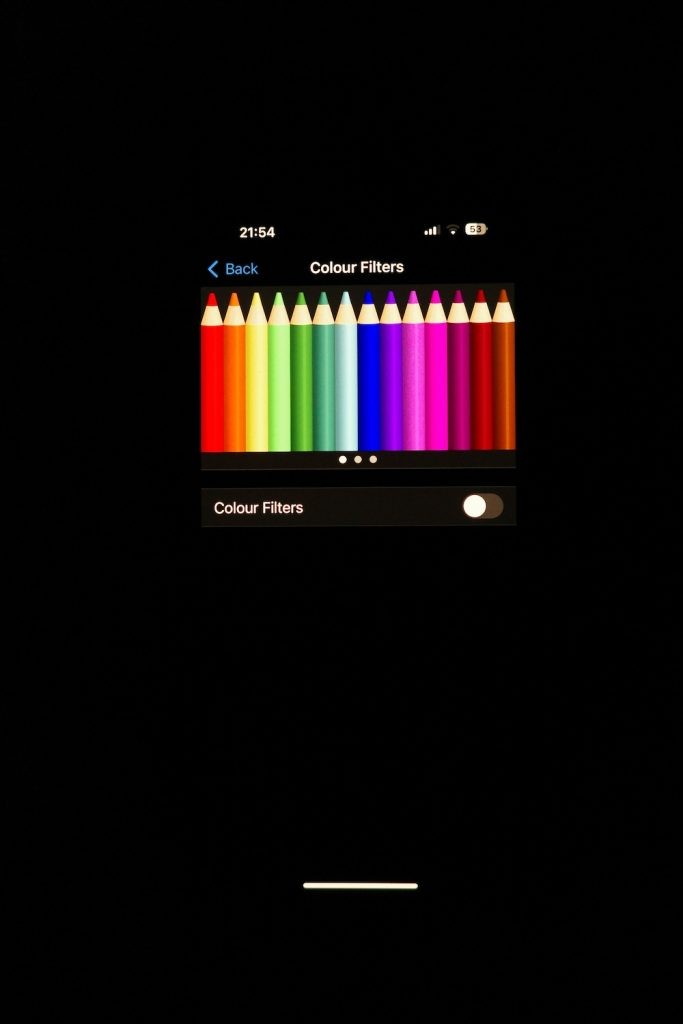
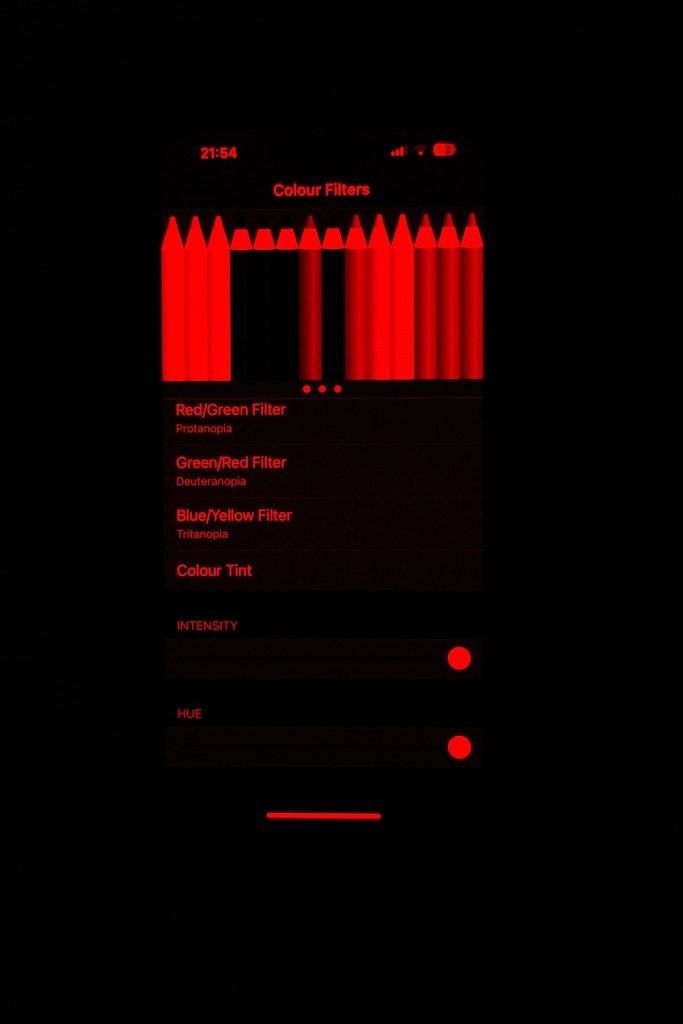
On Android, you’ll need an app like ScreenDim, Sunset, or Twilight, though it won’t be as perfect of a solution and may cause problems with being able to see text.
Almost all astronomy apps also have built-in red-screen settings. But getting our phone out involves having to view a bright lock screen before re-opening the app, which is kind of a pain.
Smartphone Apps That I Use
Among the planetarium smartphone apps, based on my experience of using many, a few stand out to me above the crowd; those are SkySafari 7 Pro and Stellarium Mobile.
These apps have absurdly large databases of stars, deep-sky objects, asteroids, or spacecraft and can usually have additional databases of objects added in with updates.
In these apps, I can also simulate the field of view of telescopes with different eyepiece combinations. With the right WiFi adapter, I could even control compatible GoTo telescopes.
These apps can also change the color of my screen to red (but only within the app), let me make a list of things to look at, or simulate the sky for future observing sessions.
You can completely ditch using analog star charts and maps altogether. A single one of these costs several times more than SkySafari 7 Pro and all of its downloadable bonus content.
Smartphone Astrophotography
Smartphone cameras are now incredibly high in resolution and capable of having settings like gain and focus adjusted in real time, as well as having the ability to take long exposures.
Merely holding up my phone to the eyepiece is enough for simple Moon shots.

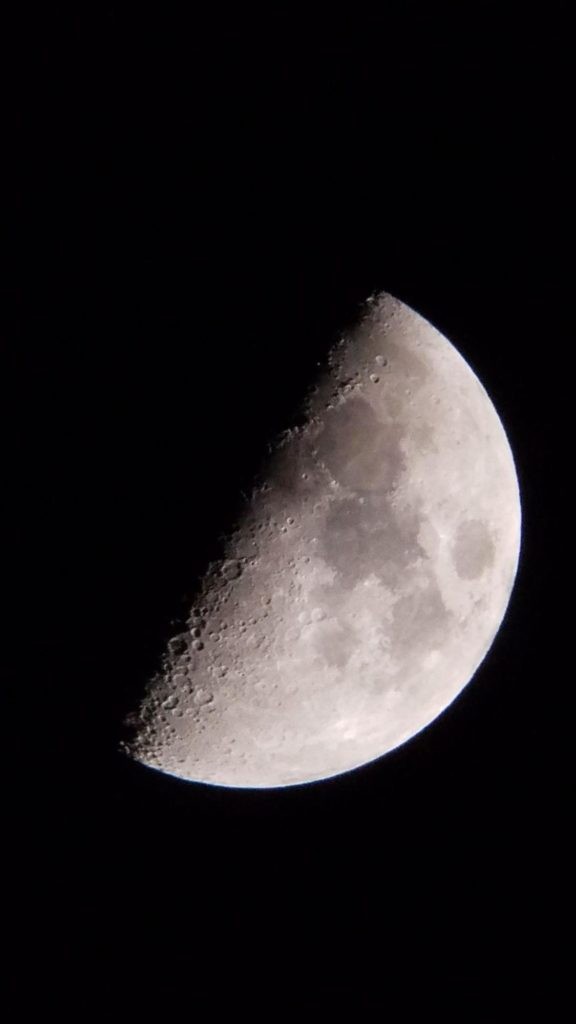
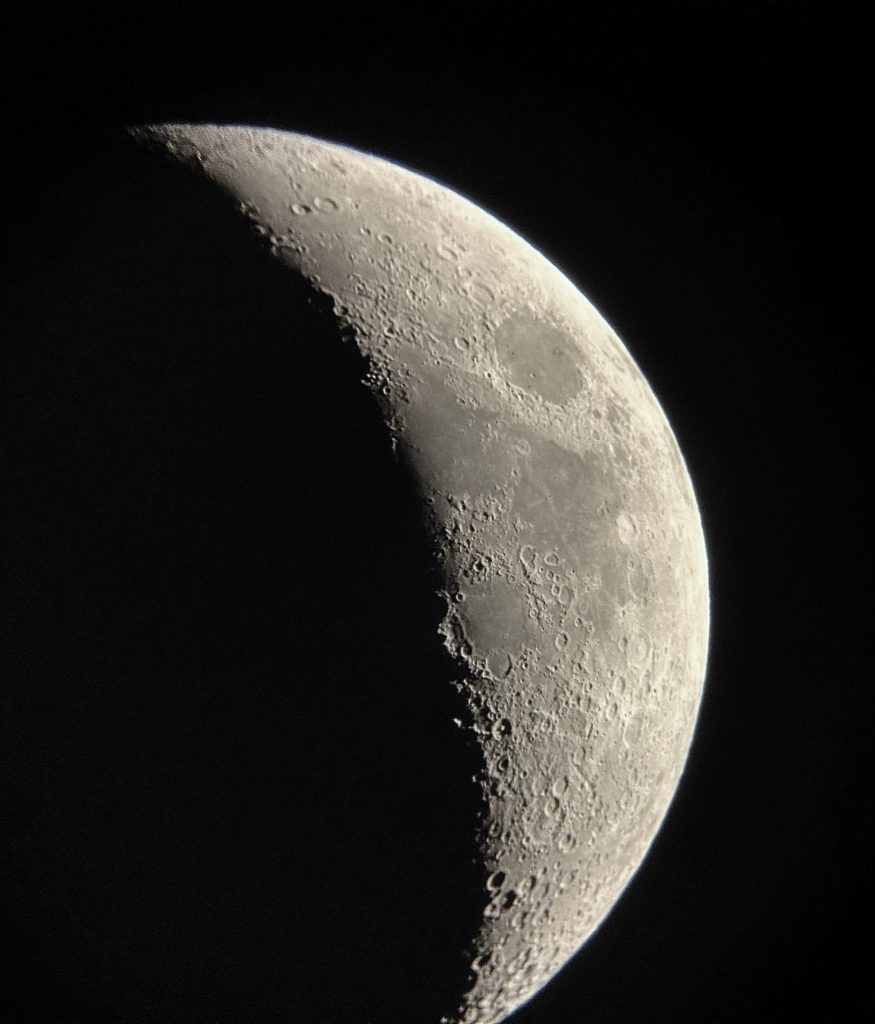
For video imaging planets or taking long-exposure astrophotos, a real smartphone adapter is required to attach my phone securely to the eyepiece. This allows for shake-free photos and videos to be taken using voice controls or a remote shutter release.
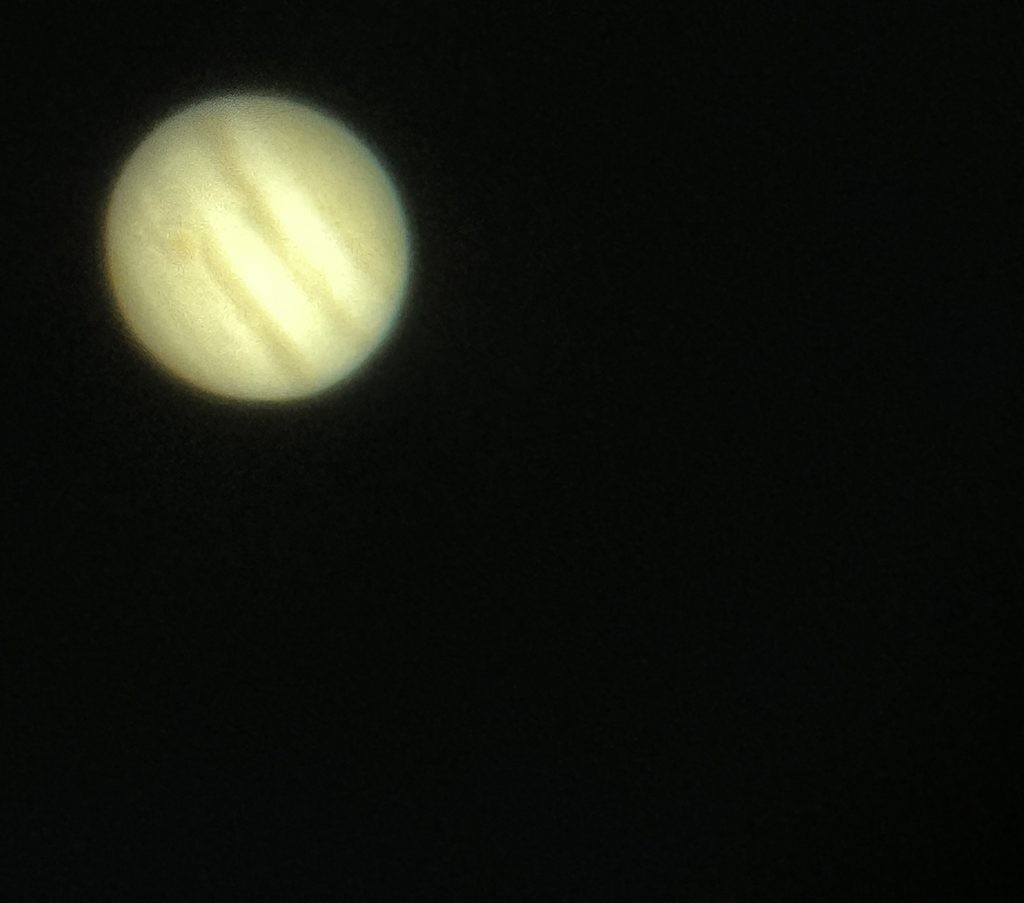
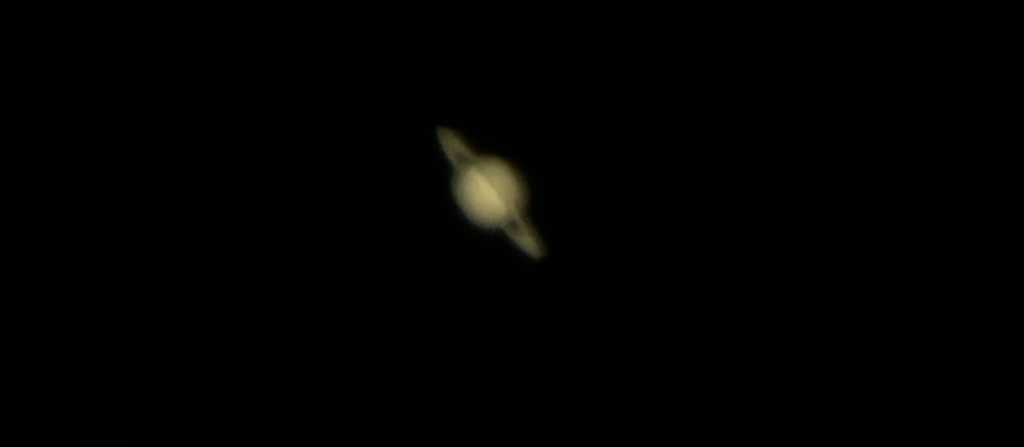
Compared to deep-sky astrophotography with a DSLR, cooled, or mirrorless camera, smartphones up to the eyepiece fall dramatically short in quality and efficiency. The same goes for planetary imaging with a high-speed video camera, which doesn’t cost much more than some of the higher-quality adapters I’ve used and recommend above.
However, smartphone astrophotography is certainly convenient, simple, and easy to teach others.

In my opinion, the Celestron 3-axis is not that great. It a lot of plastic, it bends with a phone attached so it’s hard to line up and is just a pain to use. A much better adapter is this one I discovered recently from the YouTube channel Reflactor. It’s all metal and doesn’t bend with a phone attached at all. I thought the Celestron was decent until I tried this one. It’s been a game changer that’s for sure. It is a bit expensive though. https://www.moveshootmove.com/collections/move-shoot-move-rotator/products/3-axis-smartphone-adapter-for-digiscoping-telescope-spotting-scope-adapters
I am glad I saw your comment. I found an excellent used one on eBay for $20.